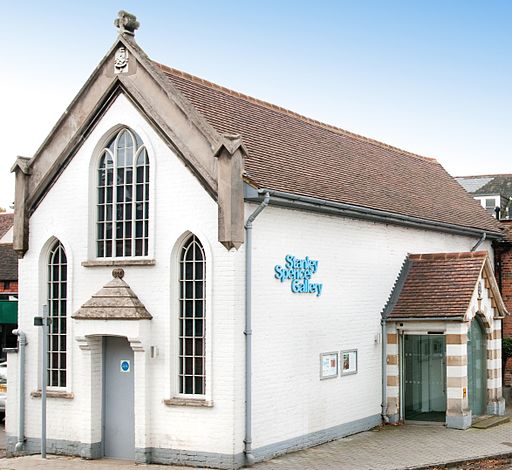After Constable's 'The Cornfield' (1826)
9" x 6", pen and sepia ink in large Moleskine Sketchbook
copyright Katherine Tyrrell
I spent yesterday evening (see
Museums at Night starts tonight!) in the National Gallery in London sketching
John Constable's The Cornfield in pen and sepia ink.
The title seems first to have been used by the subscribers who presented the picture to the National Gallery. Constable referred to it familiarly as 'The Drinking Boy'. It probably shows a lane leading from East Bergholt towards Dedham; the distant church could be an invention.
The painting was exhibited several times during Constable's lifetime, first at the Royal Academy in 1826.
It's interesting that even though it's supposed to be of Fen Lane near his home, he's used artistic licence and introduced a church into the background. fen Lane is now called Flatford Lane.
I like sketching large paintings in art galleries and museums in monochrome. It means you look at it more closely while trying to detect the design of the tonal values. I also don't try to be precise when I sketch. Most of this is done with scribble hatching - although I start to work smaller and smaller areas as I progress.
It's also fascinating trying to sketch the paintings of artists who themselves frequently used a sketchbook as a start to creating their paintings of landscapes. I've seen Constables sketchbooks and they're tiny but very effective!
It seems likely that the painting in the National gallery was painted from sketchbooks and an initial start on site.
I think this painting in the Tate is the same view the other way on. Its caption is as follows
Constable and his wife Maria took a long holiday in Suffolk in 1817. This was to be the last time he painted directly in oils in the vicinity of East Bergholt. Constable began several outdoors without finishing them, perhaps in order to secure as much fresh material as possible in the time. Some parts of this canvas are painted to a fair degree of finish, whilst others are left in a more sketchy state.
Fen Lane, East Bergholt
John Constable
I think I might try and locate the original site for both these paintings. There's a good guide to walks around
Flatford and
East Bergholt including one which identifies Fen lane on the AA website - see
Constable Country at Flatford Mill.
The bend appears to be round about #3 on the map!









